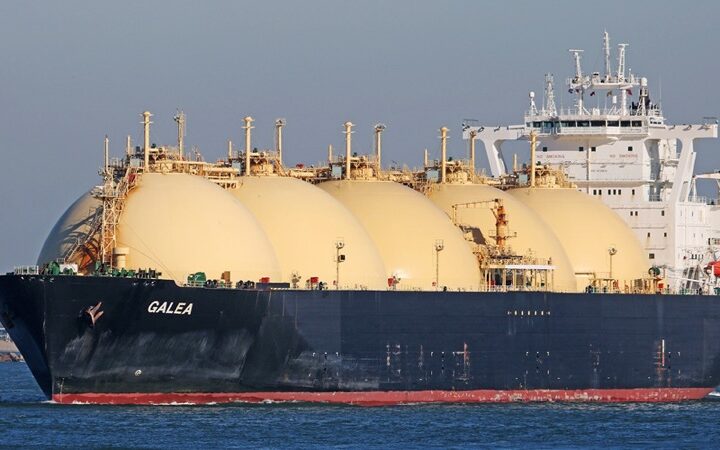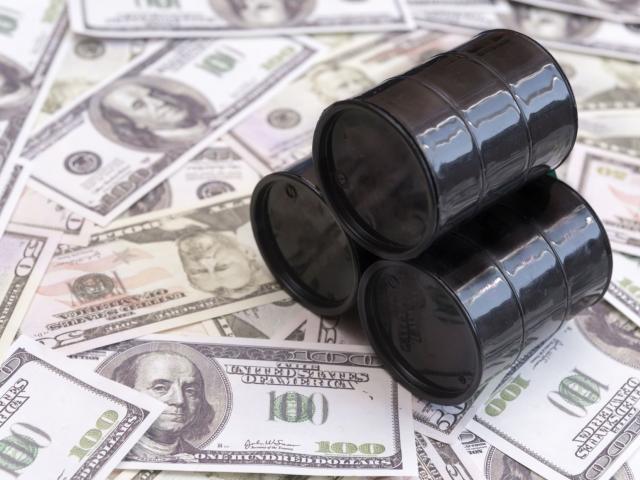.
By Oren Laurent
President, Banc De Binary
 President Vladimir Putin is at it again, this time in Syria. The Russian military has filled the vacuum left by the U.S. and is expanding its operations against opponents of Syria’s ruler, Bashar al-Assad. The Russians have purportedly initiated operations against ISIS, but there is evidence to the contrary, with rebels being targeted. This begs the question: What is Vladimir Putin doing in Syria?
President Vladimir Putin is at it again, this time in Syria. The Russian military has filled the vacuum left by the U.S. and is expanding its operations against opponents of Syria’s ruler, Bashar al-Assad. The Russians have purportedly initiated operations against ISIS, but there is evidence to the contrary, with rebels being targeted. This begs the question: What is Vladimir Putin doing in Syria?
Russia’s intransigence in the Ukraine and now in Syria is as much about drumming up nationalistic fervour as it is an opportunity to detract from the economic and social upheaval at home. The Russian rouble has been rated as the second worst performing currency among 24 emerging market currencies over the past 12 months according to Bloomberg. In the same timeframe, the rouble has depreciated by 36% against the USD. These are indeed worrying statistics for an economy that is chiefly based on the export of energy commodities (gas and oil).
Russian aggression in the Ukraine sounded the death knell for the Russian economy, with punitive sanctions being imposed by the U.S. and its European allies. However the rouble has sharply appreciated since January 2015. It opened the year at 58.1157 to the greenback and by October 8, the rouble was trading at 62.9421 to the dollar. This does not tell an accurate picture of how far the rouble has fallen, because if we go back to February 2014 the currency has depreciated by as much as 45% against the USD.
After Russia formally annexed the Crimean Peninsula (claiming that the majority of its residents wanted unification with Russia), the West decried Russia’s actions and slapped all sorts of sanctions on the country. Russia responded in kind, and relations grew tense between the superpowers. President Obama has been unwilling to engage with Russia militarily, and prefers instead to use multilateral measures such as sanctions and diplomatic condemnation to chastise his adversary.
What is the state of the Russian economy?
The Russian economy is largely dependent on strong commodities prices, since most of Russia’s performance is based on energy commodities like crude oil. The price of crude oil has plunged between 40% and 50% in the last year, and since it is denominated in US dollars, valuable foreign exchange revenues are being lost by oil-producing countries. Russia has seen a sharp decline in its available forex reserves. The Russian central bank has been selling dollars to prop up the rouble, and even advanced dialogue with China to create another reserve currency for the world, other than the USD.
Capital flight from Russia continues unabated, and the Russian authorities are responding by slashing interest rates to stimulate economic activity at home. Various analysts are bearish on prospects for the rouble before the end of the year, with a consensus estimate decline of a further 4% expected. As one of the BRICS nations, Russia also faces the same anxieties as Brazil, India, China and South Africa – notably the prospect of an interest rate hike in the U.S.
Should the Fed decide to hike interest rates at its next meeting in October, perhaps in December, the Russian rouble will plunge further. The fact of the matter is that higher interest rates in the U.S. make the dollar inherently more attractive. This means that currencies like the rouble, the real, the rupee, the yuan and the Rand will be exchanged for dollars. With a higher yield in a more stable economy, capital flight from emerging market economies will accelerate. However analysts are generally united in their consensus that a Fed rate hike will not take place in 2015, and will possibly only come to pass by March 2016. This gives emerging market economies and their currencies a breather in the form of several months within which to generate substantial profits while the market anticipates the direction of the Fed.
As long as US interest rates remain in the 0-0.25% range, commodities traders and investors will be more likely to take on riskier assets in emerging market economies. We have seen a sharp decline in the share price of major mining companies such as Glencore PLC (GLEN), Rio Tinto (RIO) and BHP Billiton (BLT). These mining companies face heavy debts and declining ROE as a result of multi-year low commodities prices. Copper is at a six-year low, and crude oil is also languishing. Russia shares the same fate as its fellow EM economies as it is heavily reliant on mining and energy production. But the Fed’s decision not to raise interest rates is an important one for Russia and it will prevent a steep slide in the rouble’s cross-currency exchange rate.
Car Sales Sharply Down as Rouble Slides
The Russian economy is facing increasing pressures at home in the form of declining new-car sales. The sharp depreciation of the rouble since 2014 has made cars markedly more expensive. To try and alleviate the pressures on consumers, the authorities have opted for a 50 basis point rate cut. Nobody is quite sure how far the rouble will fall, but some are suggesting a decline to 70 or 75 against the US dollar.
Year-on-year, new-car sales plunged by 29% in September. This follows a lacklustre month in August 2015. With more expensive imports, the price of manufacturing and assembly of vehicles in Russia has also increased. But the government does not want to rush into propping up the rouble since this will hurt Russia’s export potential.
At $50 per barrel for Brent crude, Russia will certainly start benefiting from the increasing revenue stream. For the current year, the motor industry in Russia is anticipating a 37% reduction in new-car sales. Russia has already been downgraded by credit ratings agencies, and its economy is set to contract even further by the year’s end.
Please note that this column does not constitute financial advice.







